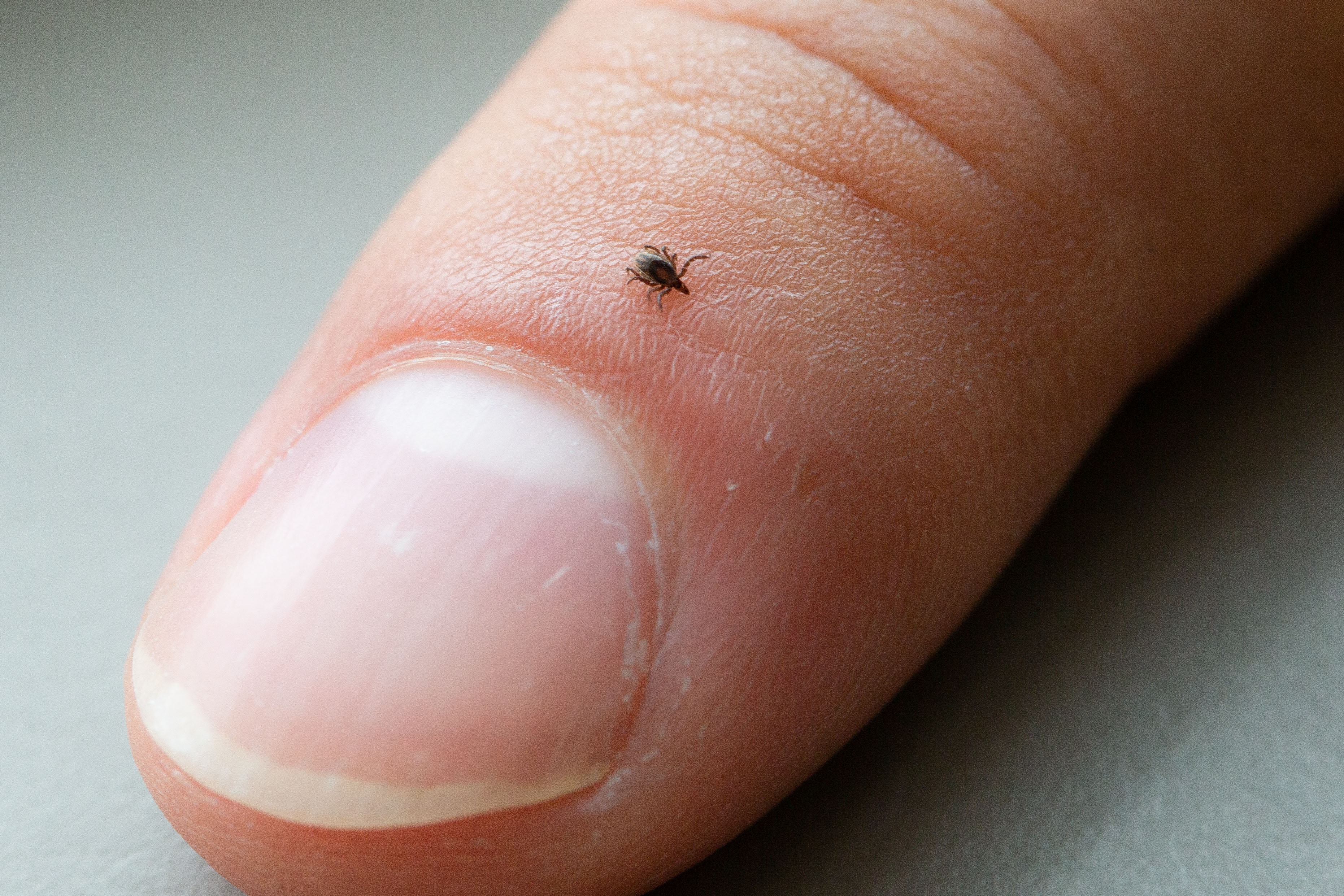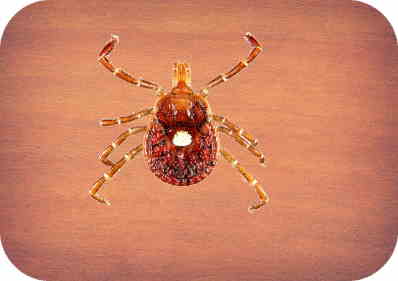

You may have a little redness or a bump for three to four days afterward, but it should go away, he says.

“Pull it out slowly and steadily.” (I definitely pulled a little too enthusiastically and now have two little holes where the tick had latched on.) “You don’t want to yank it-you can leave the head embedded,” he says.
Tick with white dot skin#
That means getting a tissue, grabbing the tick firmly as close to the surface of your skin as possible, and very slowly pulling it out, perpendicular to your skin. But, if you spot a tick on your body, he recommends staying calm and following the proper procedure to get rid of it.

Schaffner urges prevention-namely in the form of wearing insect repellent with DEET when you’re going to be in bushy or wooded areas. “There are many tick bites and, even taking all of the tick-borne illnesses together, relatively few illnesses,” he tells SELF. While Lyme disease isn’t the only disease that can be passed from ticks (Rocky Mountain Spotted Fever and Ehrlichiosis are two notable tick-borne illnesses), you shouldn’t automatically assume that you’ll get sick from having a tick bite, says William Schaffner, M.D., an infectious-disease specialist and professor at the Vanderbilt University School of Medicine. “It has to be attached for 48 to 72 hours-it won’t instantly pass” the bacteria, he says. It also matters how long the tick is latched on to your body Adalja says.


 0 kommentar(er)
0 kommentar(er)
